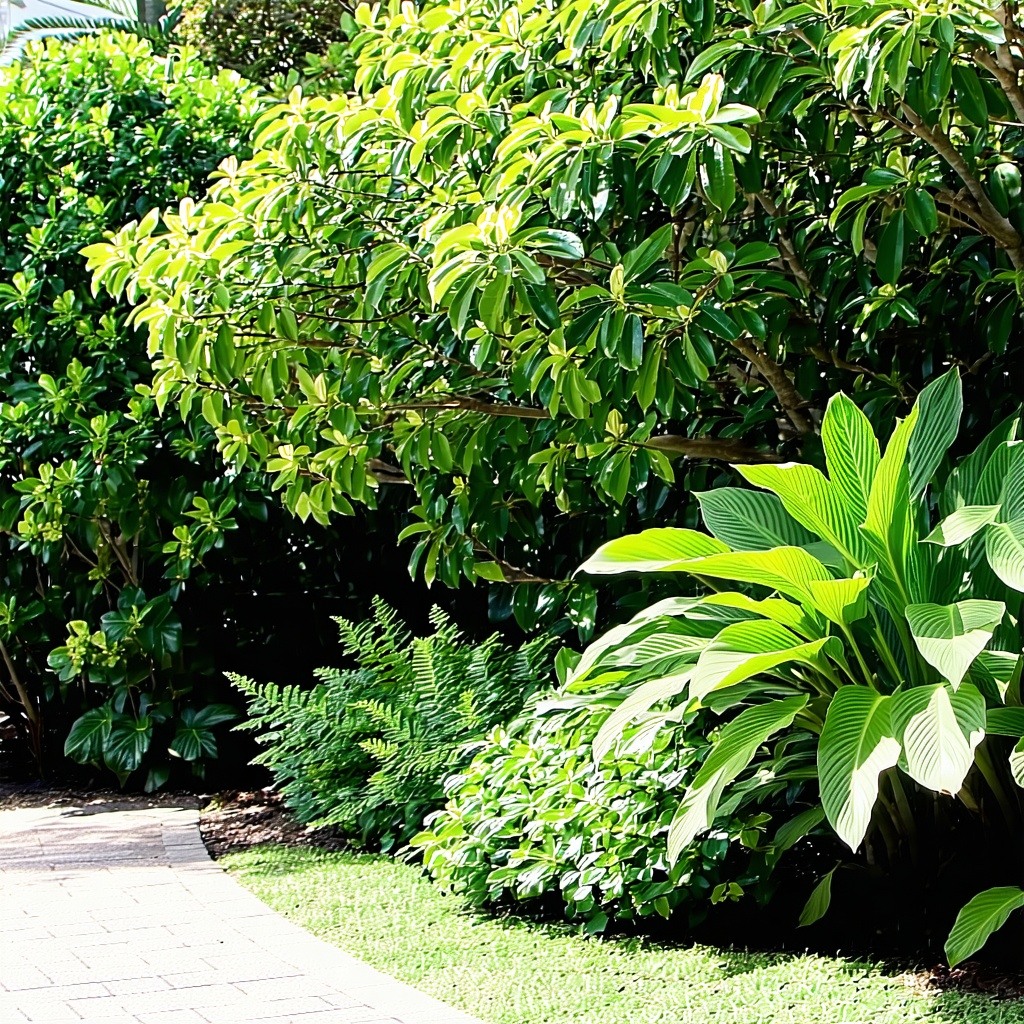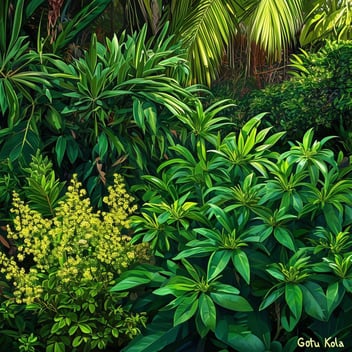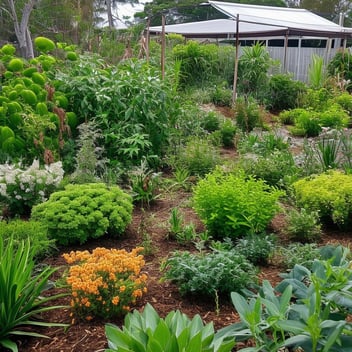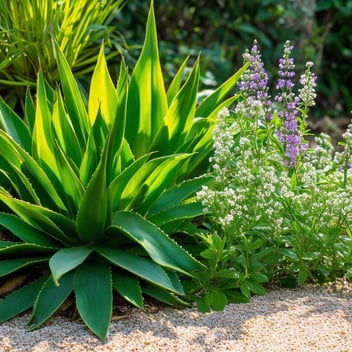Medicinal Plants That Love SEQ’s Subtropical Climate
Introduction
South East Queensland (SEQ) boasts a rich tapestry of flora, thanks to its warm, humid summers and mild winters. This subtropical climate provides an ideal environment for a variety of medicinal plants to flourish. Cultivating these plants not only enhances garden biodiversity but also offers natural remedies rooted in both traditional and contemporary practices.
1. Native Medicinal Plants of SEQ
Lemon Myrtle (Backhousia citriodora)
Endemic to SEQ's subtropical rainforests, Lemon Myrtle is renowned for its glossy green leaves emitting a robust lemon fragrance. Traditionally, Indigenous Australians utilized its leaves for their antiseptic properties, brewing infusions to treat sore throats and respiratory ailments.
Native Ginger (Alpinia caerulea)
Thriving in the shaded understory of SEQ's forests, Native Ginger offers edible roots and berries. The roots possess mild anti-inflammatory properties, and traditional preparations often involved steeping the rhizome in water to create a soothing tonic for stomach ailments.
2. Culinary Herbs with Medicinal Benefits
Parsley (Petroselinum crispum)
A hardy biennial to perennial plant, Parsley grows well in sunny positions but also thrives in shade, particularly in hotter climates. It appreciates rich soils and ample water, offering lush, thick growth when provided with compost or rotted manure. Parsley is known for its diuretic properties and is rich in vitamins A and C.
Basil (Ocimum basilicum)
Basil is an annual plant that grows to about 1 meter tall. It prefers sunny spots and ample water, and nipping out flower buds will encourage leaf growth. Basil has been used traditionally for its anti-inflammatory and antibacterial properties.
3. Exotic Medicinal Plants Adaptable to SEQ
Gotu Kola (Centella asiatica)
Gotu Kola flourishes in moist, shaded areas with rich soil. It is esteemed for enhancing cognitive function and supporting circulatory health.
Lemongrass (Cymbopogon citratus)
Lemongrass thrives in SEQ's climate, preferring full sun and well-drained soil. It is commonly used to alleviate digestive issues and reduce fever.
4. Cultivation Tips for SEQ Gardeners
Soil Preparation
Begin with a soil test to assess pH and nutrient levels. Most medicinal plants prefer well-drained, fertile soil. Incorporate organic matter such as compost to enhance soil structure and fertility.
Watering Practices
While SEQ's climate provides ample rainfall, supplemental watering during dry spells ensures consistent growth. Implementing mulch around plants helps retain soil moisture and suppress weeds.
Sunlight Requirements
Understand the specific sunlight needs of each plant. While some herbs like Lemongrass thrive in full sun, others like Gotu Kola prefer partial shade.
5. Integrating Medicinal Plants into Your Garden
Companion Planting
Strategically pairing plants can deter pests and enhance growth. For example, planting Basil alongside tomatoes can repel certain insects, benefiting both plants.
Container Gardening
For those with limited space, many medicinal herbs adapt well to container gardening. This approach also allows for better control over soil conditions and mobility to optimize sunlight exposure.
6. Harvesting and Utilizing Medicinal Plants
Optimal Harvest Times
Harvest herbs during their peak potency, typically in the morning after dew has evaporated but before the sun's heat diminishes their essential oils.
Methods of Use
Depending on the plant, leaves, roots, or flowers can be used fresh, dried, or infused into teas, tinctures, and topical applications. Always research proper preparation methods to ensure safety and efficacy.
7. Safety Considerations and Sustainable Practices
Proper Identification
Ensure accurate identification of plants before use, as some beneficial herbs have toxic look-alikes.
Sustainable Harvesting
Practice ethical harvesting by taking only what you need and allowing plants to regenerate. This approach maintains plant populations and supports local ecosystems.
Conclusion
Embracing the cultivation of medicinal plants suited to SEQ's subtropical climate enriches your garden's diversity and provides a natural apothecary at your fingertips. By understanding each plant's unique requirements and applications, gardeners can foster a harmonious and health-promoting environment.




